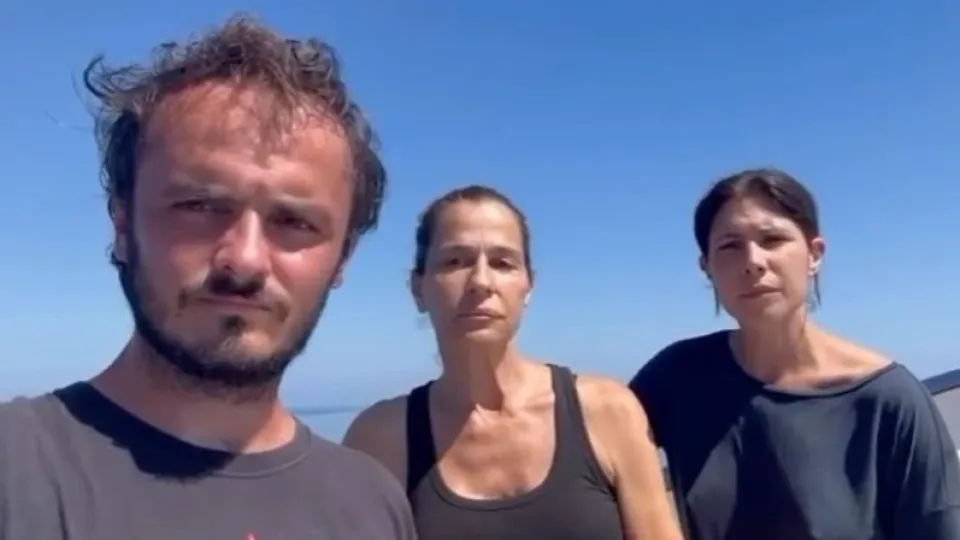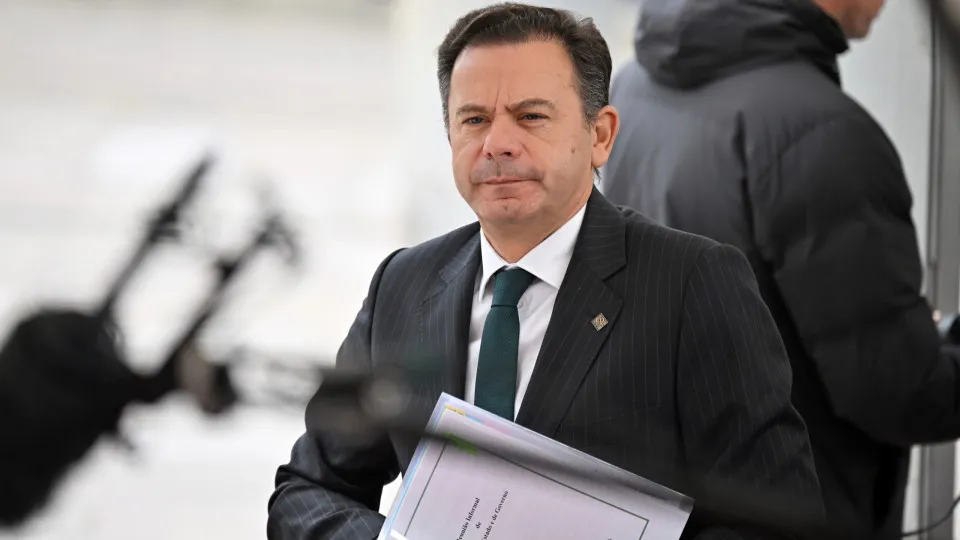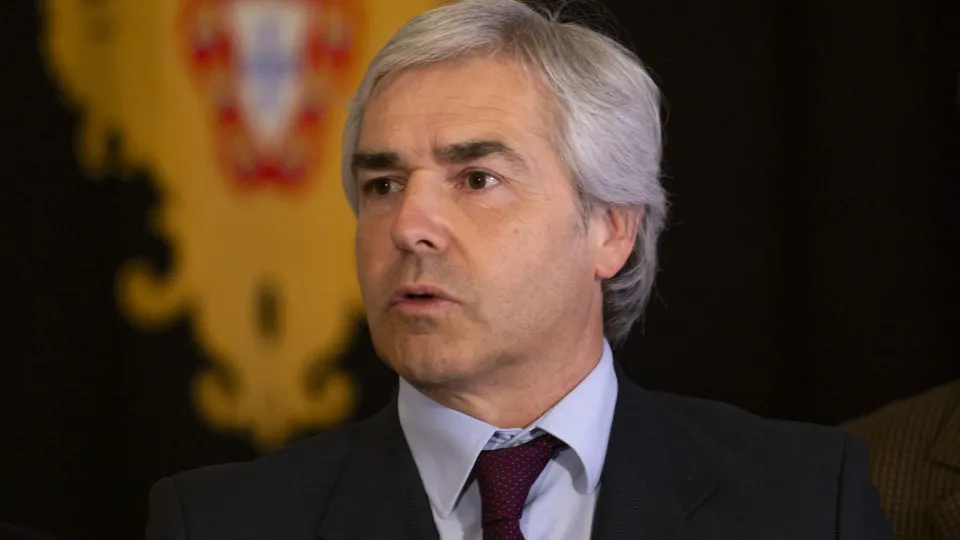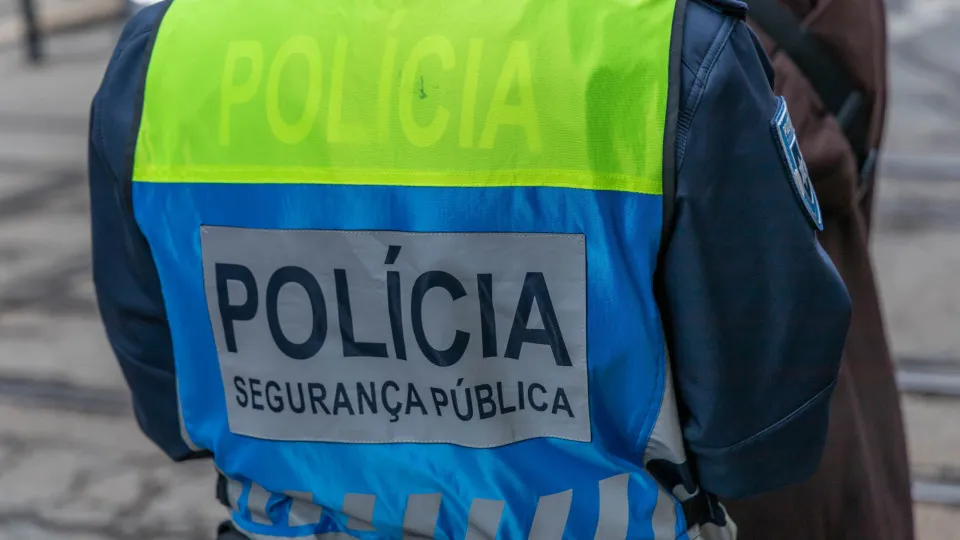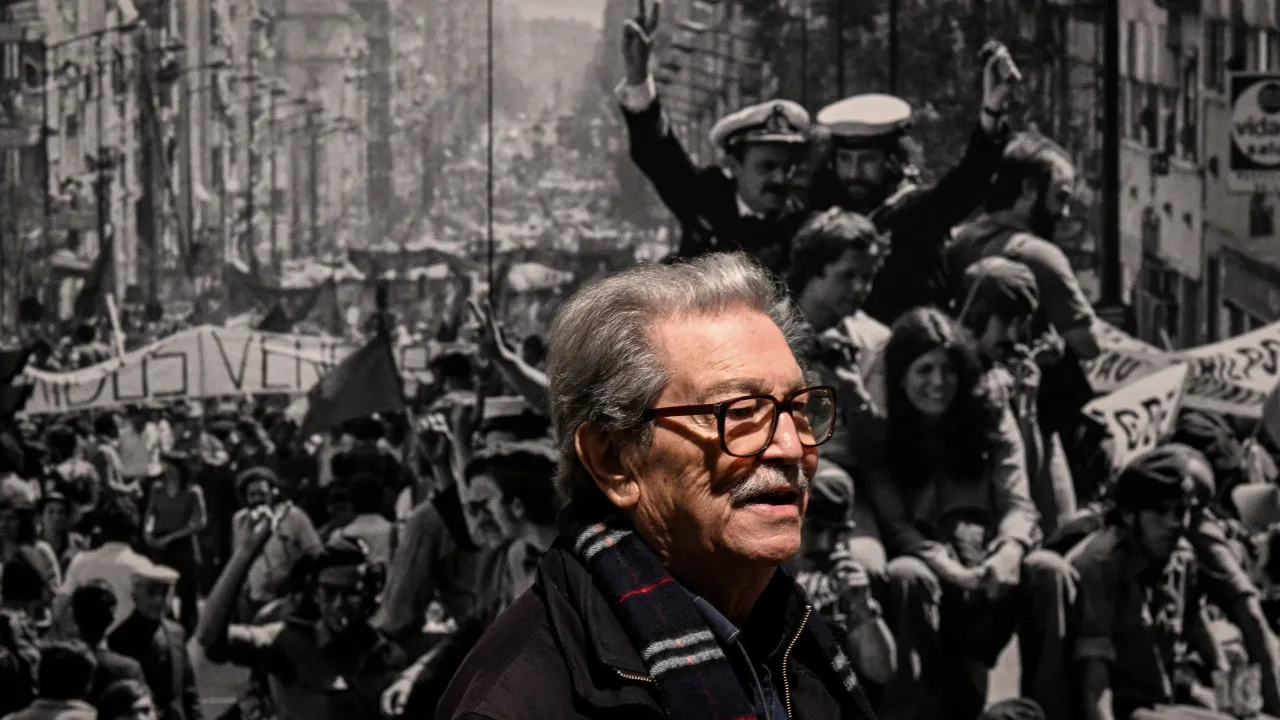
Eduardo Gageiro passed away early this morning in Lisbon at the age of 90.
The photojournalist published his first photograph at the age of 12 on the front page of Diário de Notícias, an early sign of his singular talent. He was born on February 16, 1935, in Sacavém, Lisbon.
Gageiro’s photography was rooted in the streets, among factory workers and artists, shaping his deeply humanistic perspective, as consistently recognized.
In 1957, he began his professional career at Diário Ilustrado and soon collaborated with renowned publications like O Século Ilustrado, Eva, Almanaque, and Match Magazine.
City life, labor, daily life, and significant historical moments intersected in his lens, documented with sensitivity and precision.
In 1975, he won a World Press Photo award for a photograph of General António de Spínola, embodying the spirit of a newly liberated nation. His image of an injured Lisnave worker during a strike, attacked by the Republican National Guard, also became an emblem of Portuguese labor struggles.
His most renowned work emerged a year earlier during the events of the April 25 Revolution, capturing iconic images that have become cherished historical documentation for generations of Portuguese citizens.
Eduardo Gageiro was among the first photojournalists at the scene during the April events, capturing images of military gatherings at Terreiro do Paço, the raid on the PIDE headquarters, and the moment Captain Salgueiro Maia realized the revolution had triumphed.
The photographer immortalized the decisive moment of April 25 when Captain Salgueiro Maia returned from Rua do Arsenal, where subordinates had defied their general, refusing to fire on the rebels.
This moment, described by Maia in 2014 as the “most beautiful act of insubordination” he witnessed that day, depicts him biting his lip to hold back tears upon realizing the revolution’s success.
Years later, Gageiro understood the photograph’s significance when Salgueiro Maia explained his gesture represented a “moment of great happiness, struggling to contain the emotion.”
In the black-and-white photograph, while other soldiers celebrate with raised arms and “V” for victory signs, the resolute captain strides with a determined step and serious expression.
“He was biting his lip to avoid crying. He explained this to me only when he visited my home in Sacavém in 1986, presenting me with the Operation End of Regime report,” Gageiro recalled to Lusa at the time.
As a witness to the Carnation Revolution, Gageiro captured the euphoric public atmosphere and the surrender of Marcelo Caetano, recording historical images that day.
On that day, he took dozens of photographs, many of which were published in the daily newspaper “O Século,” complemented weekly by “O Século Ilustrado,” a popular magazine at the time.
Last year, as part of the 50th-anniversary commemorations of April 25, an exhibition featuring 170 evocative photographs by Eduardo Gageiro was showcased at Torreão Nascente of Cordoaria Nacional.
An indefatigable and observant photographer, he worked with institutions like the Associated Press, the Portuguese Parliament, and the Presidency of the Republic.
Gageiro also served as an editor for Sábado magazine and collaborated with brands like Yamaha, Cartier, and Deutsche Grammophon, marking an early distinguished international career.
Gageiro is celebrated as a living chronicler of contemporary Portuguese history, with each image crafting a silent yet potent narrative, capturing anonymous faces, factory workers, or children at play.
As a visual chronicler of the 20th and early 21st centuries, Gageiro mastered capturing the ‘decisive moment’ with precision, emotion, and respect—a hallmark of his visual signature, according to his peers. He portrayed renowned Portuguese and international figures such as footballer Eusébio, presidents Cavaco Silva, Jorge Sampaio, Mário Soares, and Ramalho Eanes, poet Sophia de Mello Breyner Andresen, historian José Mattoso, writer Alves Redol, dancer Rudolf Nureyev during his first Lisbon visit in 1968, filmmaker and actor Orson Welles, and Popes Paul VI and John Paul II.
His work captured emigration, war, poverty, excess, and the absurdity of conflicts, such as in East Timor and Iraq during the 1990s. He was one of the few global photojournalists to immortalize the kidnappers of the Israeli team at the 1972 Munich Olympics.
His images included the isolation of António Salazar in the stronghold of S. João de Estoril in 1962, the removal of the dictator’s portrait at the PIDE headquarters on April 25, 1974, and some of the first color images of soldiers with red carnations in their rifles on the Revolution Day.
Eduardo Gageiro participated in over 300 group exhibitions across five continents and held solo exhibitions in cities such as Buenos Aires, São Paulo, Vienna, Moscow, New York, Beijing, Helsinki, Paris, Budapest, and Ljubljana.
In Portugal, his work was displayed at the National Society of Fine Arts, the Parliament, the National Pantheon, and various museums and cultural centers nationwide.
Gageiro represented Portugal at major events like the Beijing Olympics (2008), UNESCO exhibitions, and the Camões Institute, balancing art and humanity in his lens.
In 1966, he was appointed vice-president at the II International Congress of Photojournalists in São Paulo, and in 2014, he became the only Portuguese photographer with a permanent exhibit at the House of European History in Brussels.
His national and international recognition is reflected in dozens of awards and accolades, winning contests in over 30 countries, including the World Press Photo (Netherlands), the Photographic Society of America, the Interpress Photo Peace Prize (German Democratic Republic), and the Gold Eye of Yugoslavia.
Gageiro’s photographic work earned him multiple gold medals, trophies, and diplomas.
In Portugal, he was awarded the Gazeta Merit Award from the Journalists’ Club (2008) and the Portuguese Authors Society Award (2009).
In 2010, he was honored as Comendador da Ordem do Infante D. Henrique and received the Knight of the Order of Leopold II of Belgium.
Gageiro was also named Honorary Master Photographer by the Portuguese Association of Image Professionals (2009).
Gageiro’s body of work received accolades from the Fédération Internationale de l’Art Photographique (FIAP) and photographic clubs from former Yugoslavia, the former Soviet Union, Austria, and Switzerland, earning a merit diploma from the Russian Federation, among other honors.
He won awards in China, Vietnam, Cuba, Mexico, the United States, Bulgaria, North Korea, and the former Czechoslovakia.
Earlier this year, the Torres Vedras City Council in Lisbon acquired Eduardo Gageiro’s collection for 250,000 euros and announced plans to dedicate a house-museum to him.
An exhibition from this collection, “Pela Lente da Liberdade,” was inaugurated on April 25 at Torres Vedras Municipal Gallery, where it will be displayed until September 13.

